Battle of Britain 1917: The First Heavy Bomber Raids on England
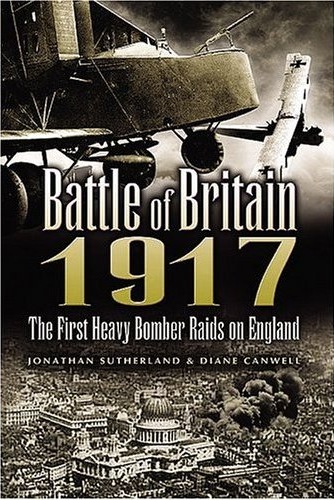 by Jonathan Sutherland & Diane Canwell
by Jonathan Sutherland & Diane Canwell
“In terms of the strategic outcomes of the First World War the German aircraft offensive against Britain can be seen as little more than an irritating diversion but it presented a significant encounter between limited numbers of men.”
While this is the 70th anniversary year of the Battle of Britain (the one in WW II) we should recall that there was another Battle of Britain, in WW I. Written by a military and a general historian this book looks at the performance and impact of German navy and army Zeppelins and Gotha and Giant fixed-wing bombers. Using first-hand combat reports from both sides it reconstructs the raids and also considers collateral developments, such as the turf wars between the Royal Naval Air Service and the Royal Flying Corps, and the formation of the Royal Air Force and the Air Ministry.
The primary target audience for this book is surely the military strategist or historian but even from a strictly transportation-centric point of view there is lots to think about here. Technical developments don’t take place in a vacuum and this book provides just the sort of context that those books that only focus on the technical and pictorial treatment of the “gear” usually reduce to footnotes. The book also offers something you hardly ever find: the assignment of a monetary value to destruction. It is not disclosed how these numbers were arrived at but realizing that one incident rang up at £278 vs another at £367,800 provides a novel and hopefully instructive dimension. Certainly, knowing how much one of the 122 Zeppelins cost might come in handy—£50,000 each at the beginning and £150,000 at the end makes a £9000 Gotha seem like chump change. Add to that £5 million for Zeppelin infrastructure and you get an idea of the absolutely staggering cost of what, see quote above, amounted to nothing but “an irritating diversion”!
For a reader with an interest in the history of technology, World War One is a uniquely fertile hybrid stage between the olden ways and the new—horse, camel, and mule fighting alongside car, tank, and airplane. Especially on the British side the strategic value of the aircraft was not well articulated and when it was, it was not readily embraced. The German raids caught the British flatfooted, both in terms of technology and strategy. To gauge progress, consider that Britain started the war with 270 aircraft and 2,073 personnel and ended it with 22,647 aircraft and 292,170 personnel. There is a reason for dropping all these figures—the book is positively crawling with them. If the book did nothing else, this alone is worth the price of admission (22.72 cents per page. See, we can do figures too). A selection of b/w photos is bundled into a 24-page section. Many of them are quite grainy, either due to age (seems unlikely) or source (newsprint?). Extensive specs for all Gotha and Giant bombers are given. Five Appendices break down casualty numbers, raid statistics, Staaken aircraft service history, RNAS/RFC squadron action dates, RFC personnel lists. A Bibliography and a good Index round out matters. If you already have Francis Mason’s 1969 Battle over Britain this new book makes a good companion.
Copyright 2010, Charly Baumann (speedreaders.info).


 RSS Feed - Comments
RSS Feed - Comments

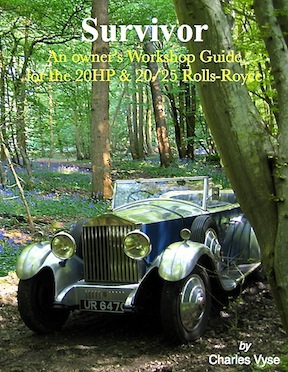
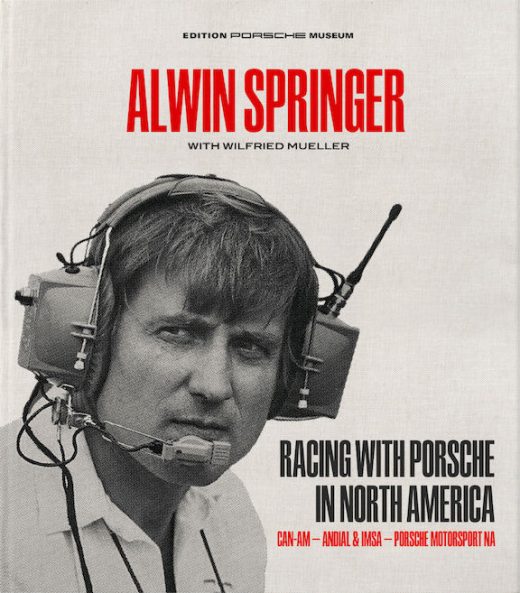

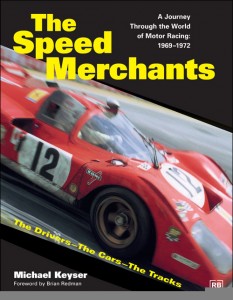
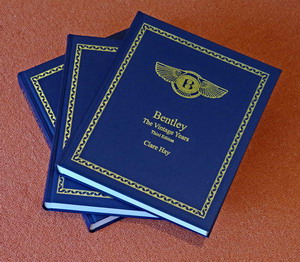
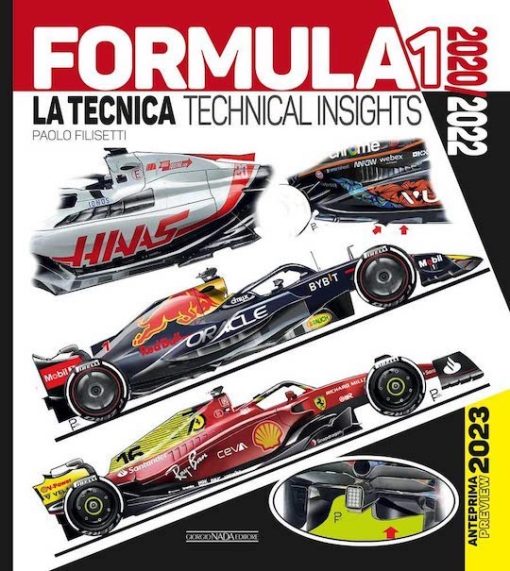
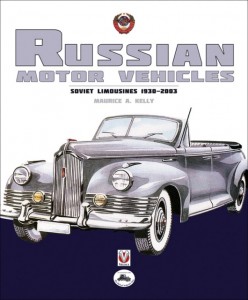


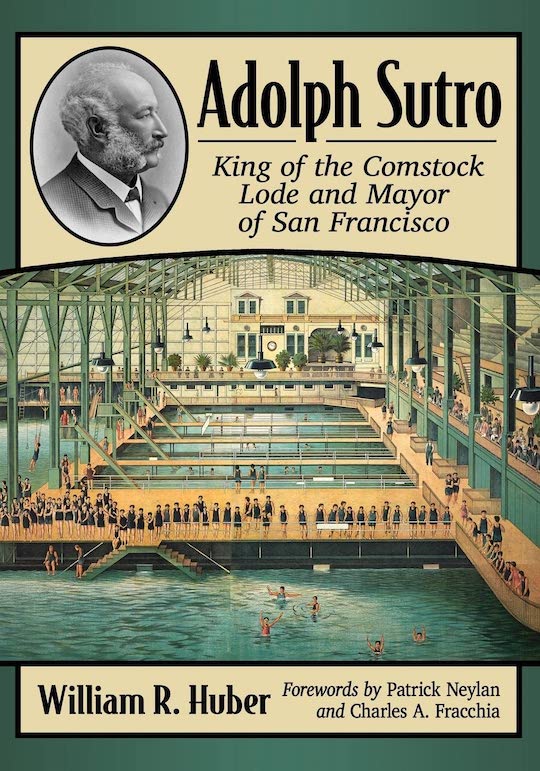


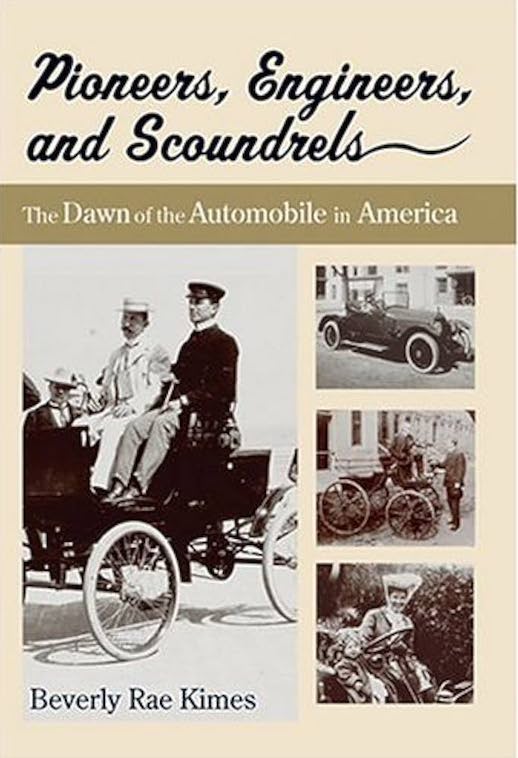
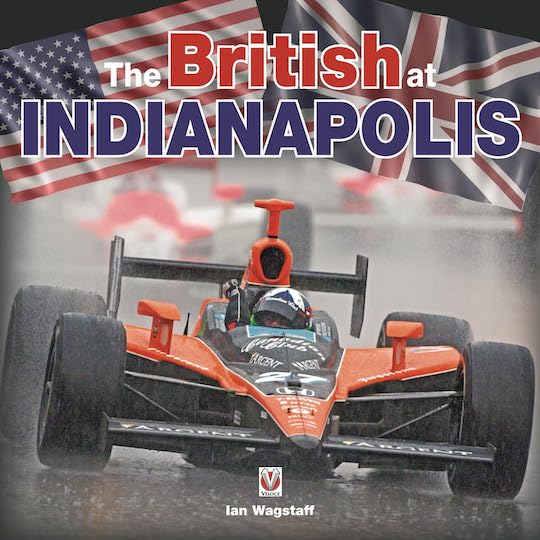


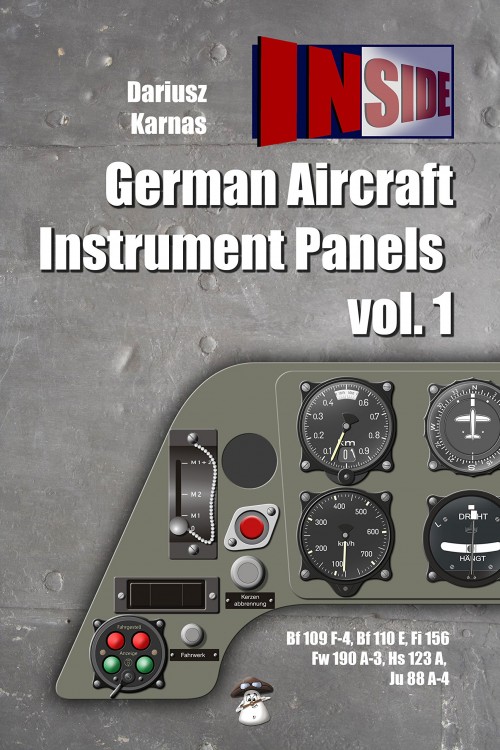

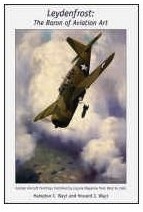
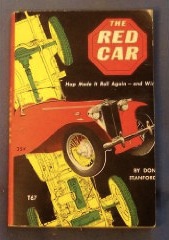

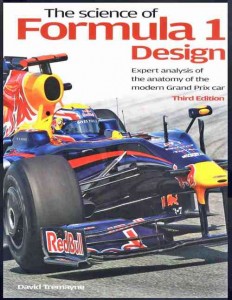
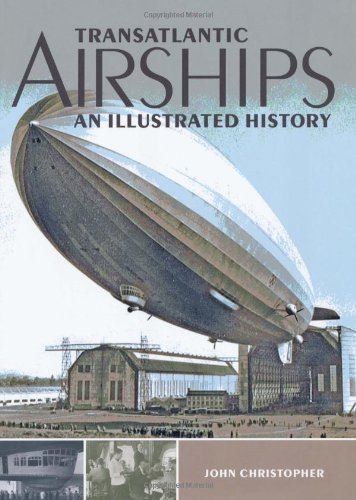
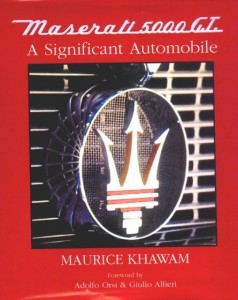
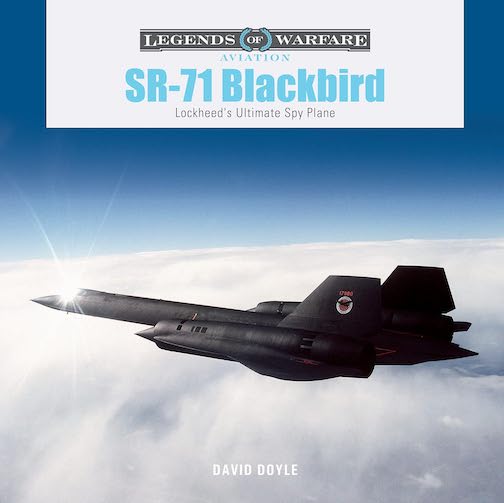

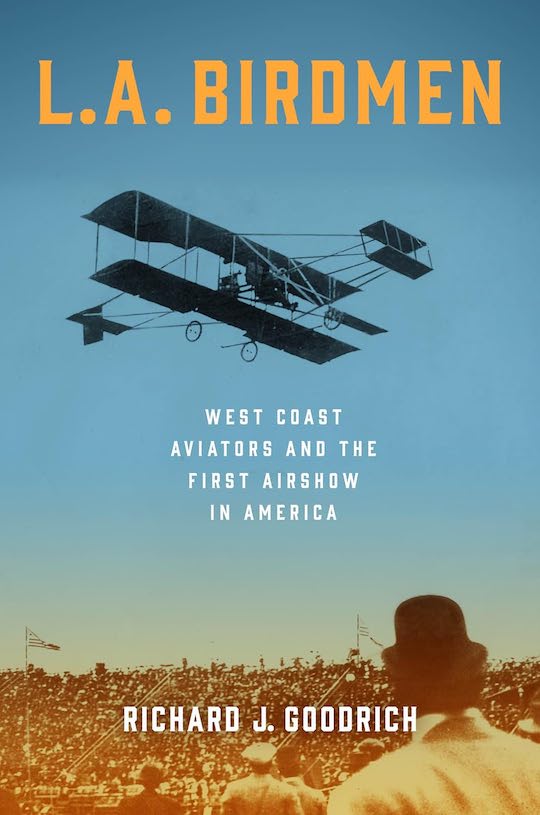



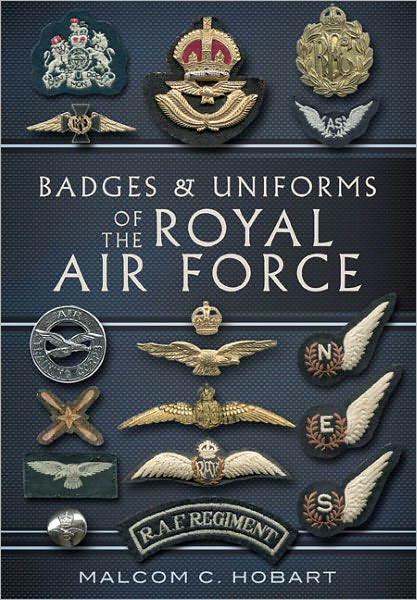

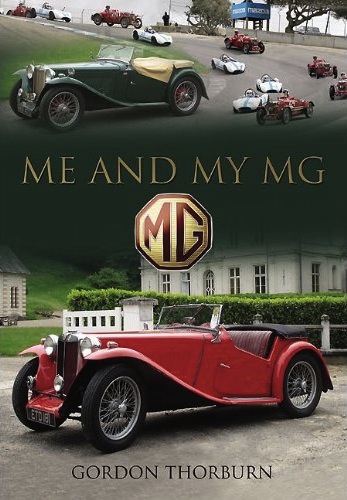





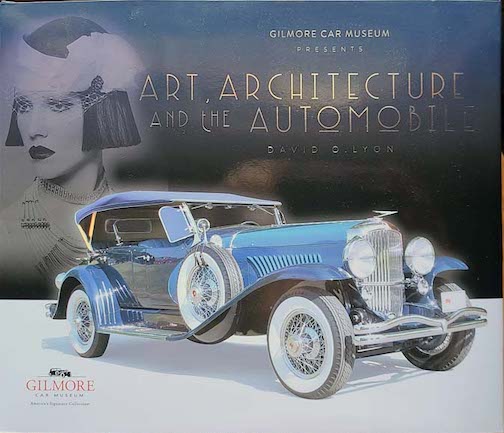
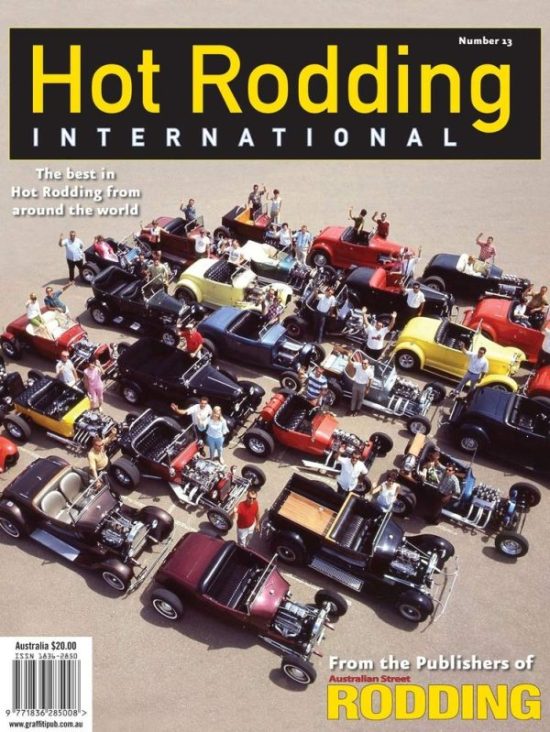

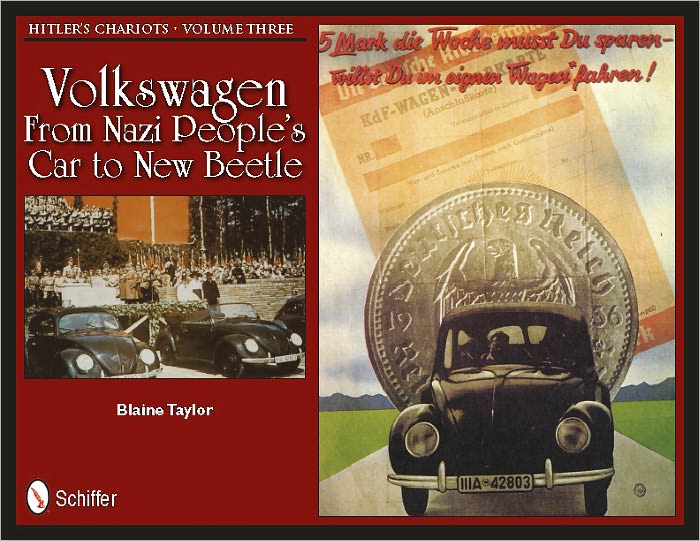

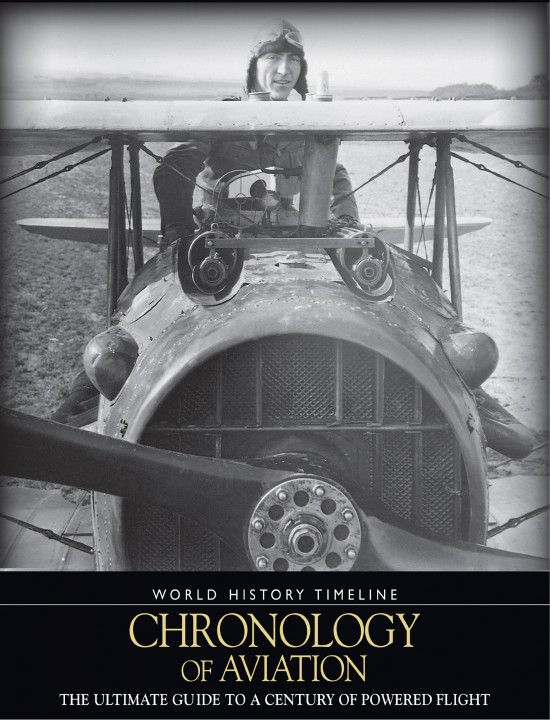
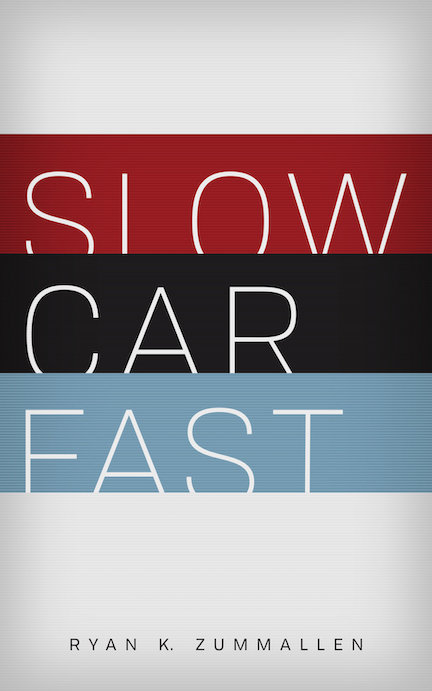

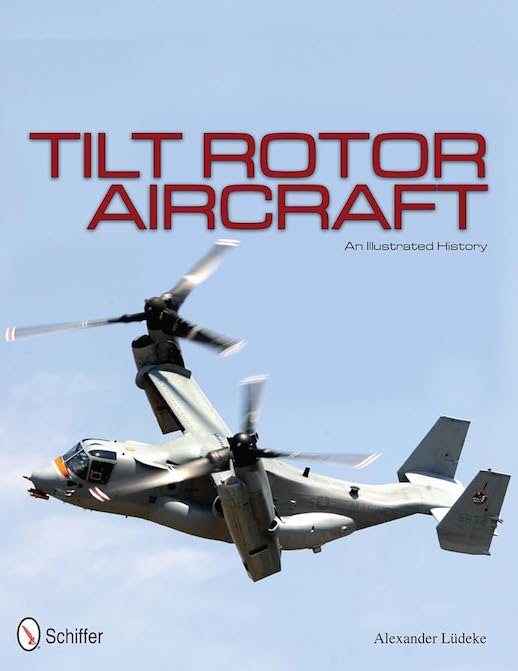
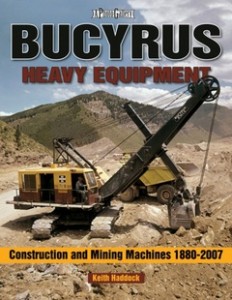






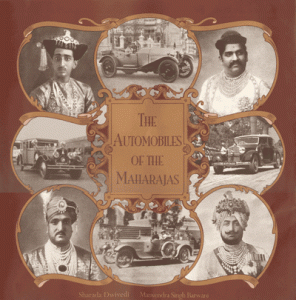

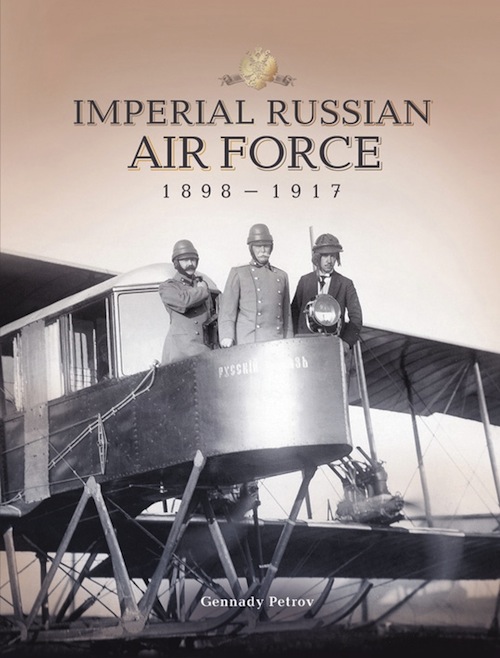


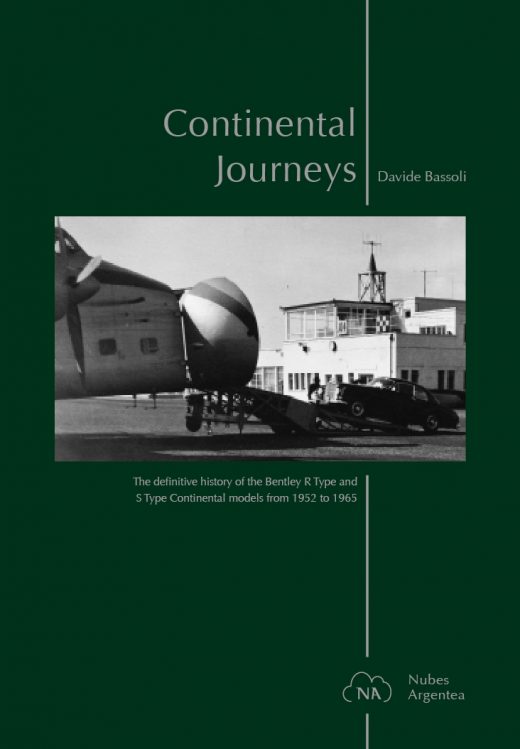

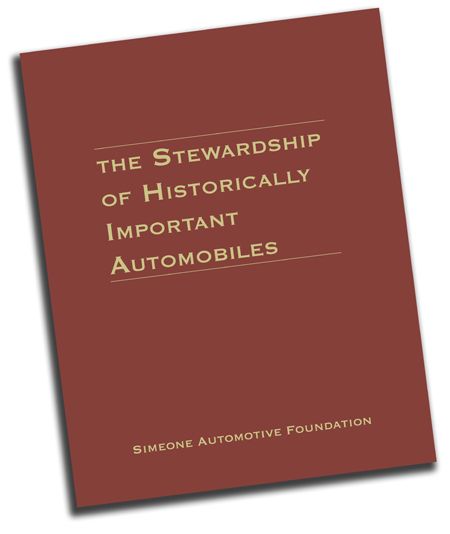
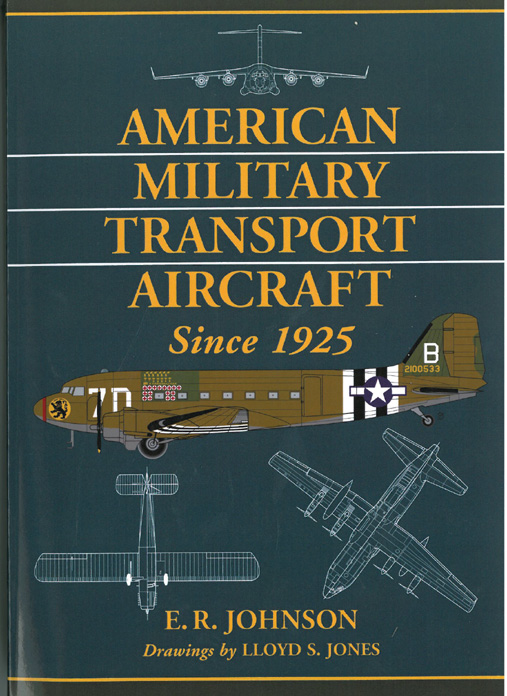




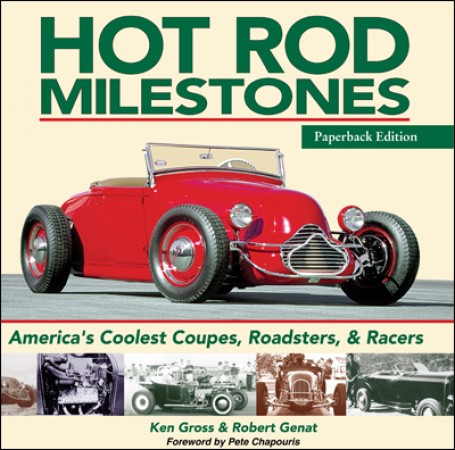

 Phone / Mail / Email
Phone / Mail / Email RSS Feed
RSS Feed Facebook
Facebook Twitter
Twitter
I don’t have any respect for this book. Its 5 appendices and some of the text are rehashes of ones by genuine writers such as Fredette (and Mason’s short intro on WW1 air defence). The grainy photos have indeed all been scanned from other publications. The authors lacked the energy or imagination to approach the Imperial War Museum, RAF Musem or anyone in Germany.
The way that photos, appendices, quotes etc are rarely credited is unprofessional and the mark of the cheap copyist.
That said, Canwell and Sutherland have produced worse books since this!